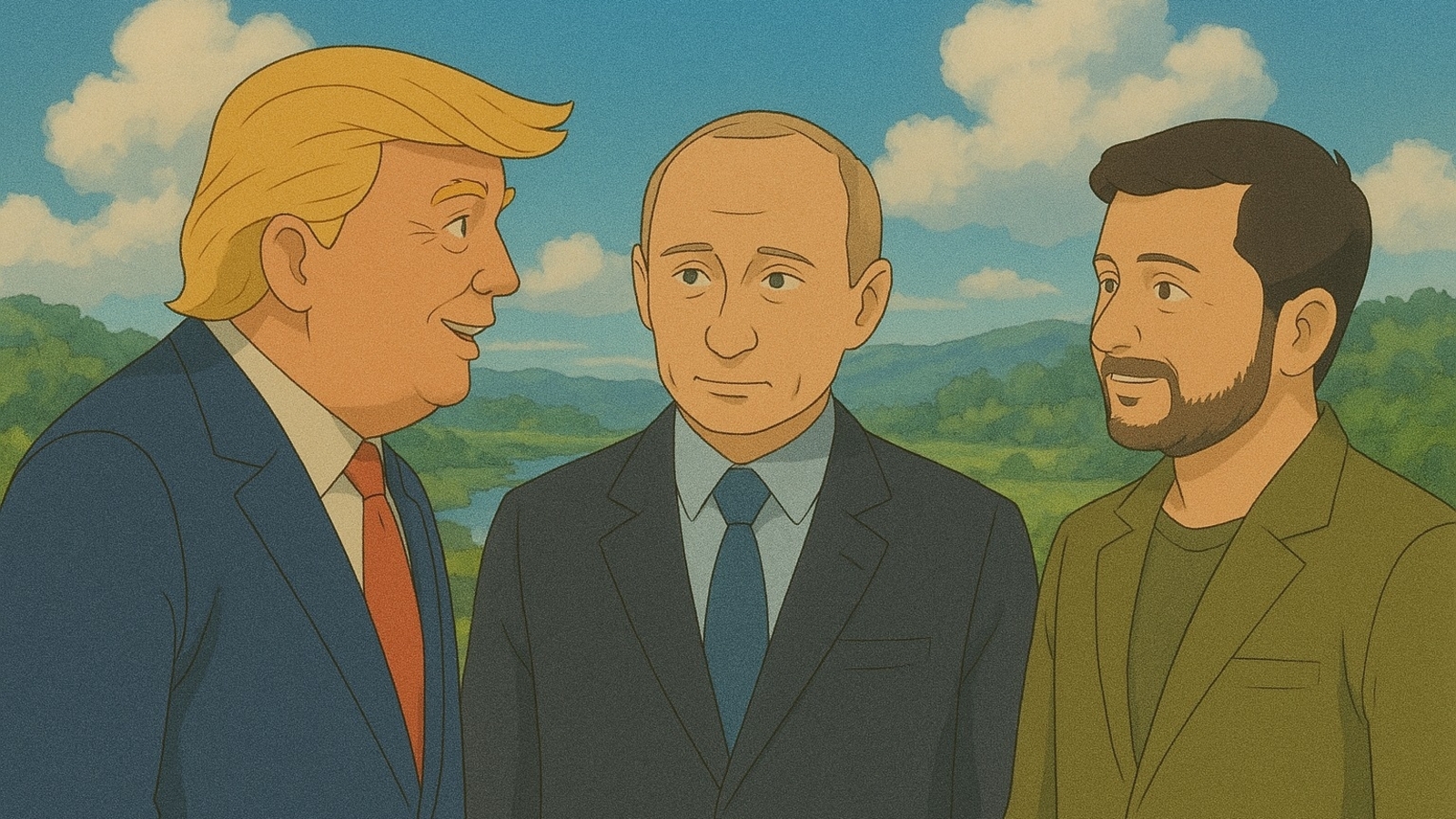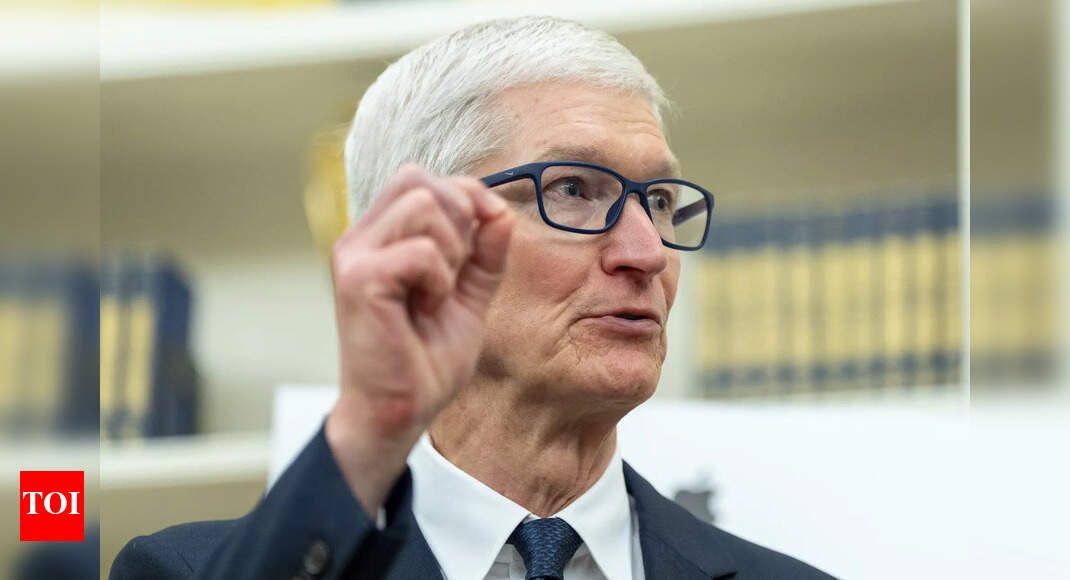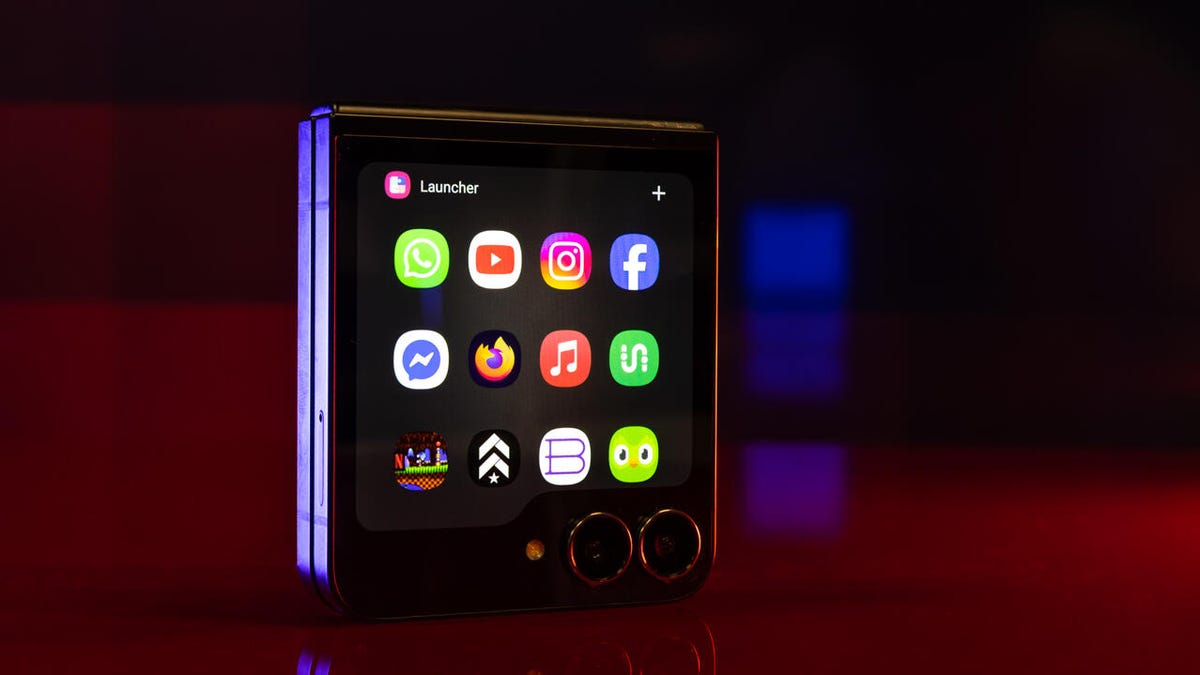The art and the artist. As with most things, are two sides to this coin. You may say ChatGPT’s new found Ghibli style is impressive. Or you may say it is nothing close to replicating the style of legendary auteur and animator Hayao Miyazaki. The reality is, GPT-4o has delivered something that is a flex of what OpenAI’s models can do. The social media trends were something to behold, so much so OpenAI had to pause access to image generation for free tier users, within a day of this being rolled out. On March 27, Sam Altman posted “our GPUs are melting”. The latest is, that’s back as of Tuesday, this week.

The craze continues unabated. And that led me to wonder — have humans clung to that uncanny precision of not realising how disruptive a potential technology can be, at the outset? You’re likely thinking of (and if you aren’t, I’d like you to) involves a decision (it was much debated later; after the horse had bolted) in 1876 when Alexander Graham Bell offered to sell his telephone patent to Western Union, a major telegraph company at the time, for around $100,000. It is believed Western Union’s president at the time, William Orton, reportedly dismissed the offer and some detailing from the time suggest there was a belief the telephone as a “toy” with little commercial value. At least, when compared to the telegraph, a technology well-refined then — it was fast, reliable, and already used extensively by business and specific industries such as railroad operations. Why would anyone need to hear a voice when a written message was more precise and could be recorded? How wrong were we?

Back to ChatGPT’s image tool. The tool’s distinctive strength lies in its granular understanding of complex prompts. While “other systems struggle with around 5-8 objects,” according to OpenAI, GPT-4o can handle requests featuring up to 20 different elements with remarkable accuracy. This precision stems from extensive human labelling of training data, creating what the company describes as a “tighter binding of objects to their traits and relations” that allows for unprecedented control. To create these images, users simply upload a photo or describe a scene with text prompts.
Since this happened, we’ve found ourselves learning new terminology— GPT can be Ghibli Production Tools, GPU can be Ghibli Processing Unit and AGI can be All Ghibli Images? On March 31, Altman posted that ChatGPT added a million users in an hour (one would assume many of these would be paying for Plus or Pro subscriptions). We are at that moment, much like the telephone, and little do we realise how far along AI has come. Do not think of it as just a chatbot anymore.
BABY STEPS

Apple went one better than their own timeline. The iOS 18.4, iPadOS 18.4, and macOS 15.4 updates rolled out a day before we transitioned into April, the month Apple had repeatedly indicated as the month of rollout. There are meaningful changes across (after all, iOS 18.4 marks its presence as a fairly substantial 3.76GB update on an iPhone 16 Pro Max) including noticeable changes to the Mail app, priority notifications, but it is the widening of scope for Apple Intelligence with localisation, which will likely get your attention the most. “We want Apple Intelligence to be locally relevant,” is how Bob Borchers, who is Apple’s vice president of Worldwide Product Marketing, described the approach in a conversation with us.
India, alongside English for Singapore as well as French, German, Italian, Portuguese (Brazil), Spanish, Japanese, Korean, and Chinese (simplified) are now supported by Apple Intelligence. For all its perceived shortcomings in many things generative AI right now (Android phones as a collective with Google Gemini, and platforms including Anthropic’s Claude and xAI’s Grok have changed our expectations), Apple Intelligence’s foundation is strong. It may be worth it, in due course.
Proofread, Rewrite, and Summarise Text with Writing Tools across all apps on your iPhone, iPad or Mac, creating images with various tonality options in Image Playground (here again, OpenAI’s ChatGPT reset the benchmark last week) and more smartness within the Notes app, some highlights. But Apple Intelligence has a long, long way to go. To deliver on the promise.
LOCK AND KEY

Are you backing up your data enough? A true introspection would reveal a simple, bitter reality — you aren’t. Though you may think you do. I am as guilty as you are, having collected Proton Drive, Apple iCloud, Google Drive and Microsoft OneDrive (no longer, that more expensive subscription holds little in value now), and now struggling with fragmentation to an extent. It’ll be de-cluttered in due course, but it is imperative you get your data backup (and perhaps even making copies of important files and documents in duplicate) in order.
Owais Mohammed, sales director India, Middle East, and Africa at Western Digital, in a conversation, simplifies it. He says “cloud and external drive backup solutions are complementary”, and that really is the advice you should be following too. On the cloud, your choices are aplenty, including the likes of Dropbox, Box and a few others to the list that I mentioned earlier. Consider the space you need to pay for, and how much it costs every month. The tip here is, these subscription costs add up significantly, so choose carefully.
I rediscovered the charm of physical, external storage a few years ago (no longer are mere 5GB and 15GB free tiers of any use on the cloud), as you would too when the data, you’re backing up runs into realms of gigabytes. A good old hard drive or a faster solid-state drive (SSD) is a must-have on your workstation for physical copies of your important files and folders. To be fair, beyond Google Photos, you’re better off saving a copy of your photos and videos from the phone’s gallery (along with many, many edited images and video; I for one love to spend time editing select photos) on local storage. It’ll be faster to access when needed, and cost less than cloud subscriptions over the years. The SanDisk Desk Drive with its unique puck-like design, and the MiPhi Storm 1100X are two examples I have detailed.





